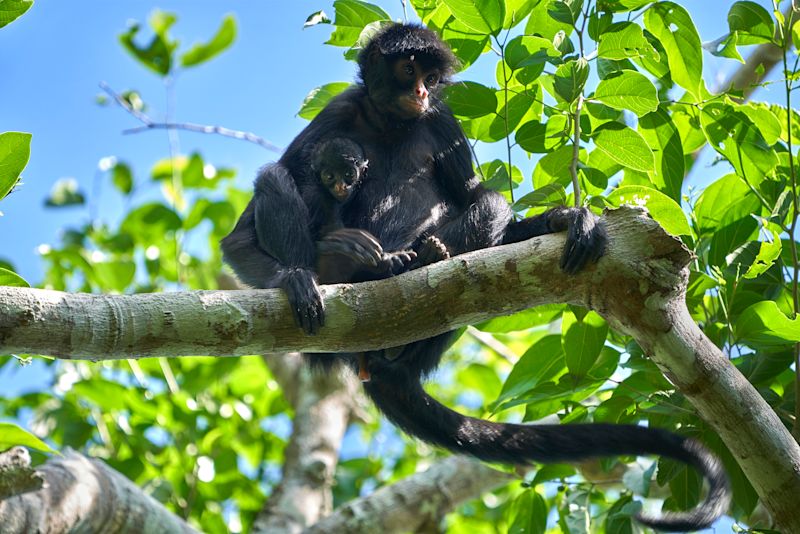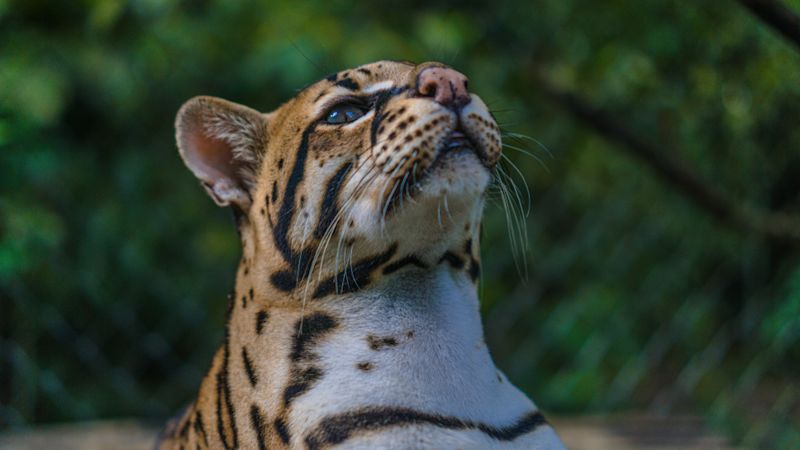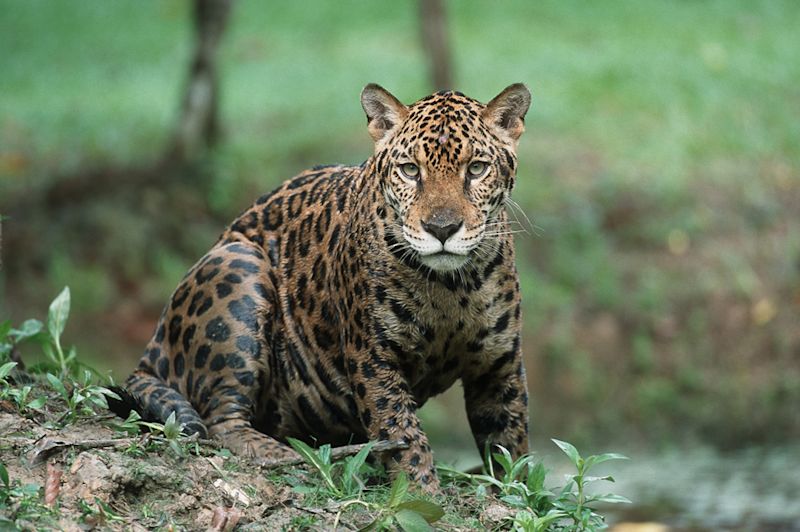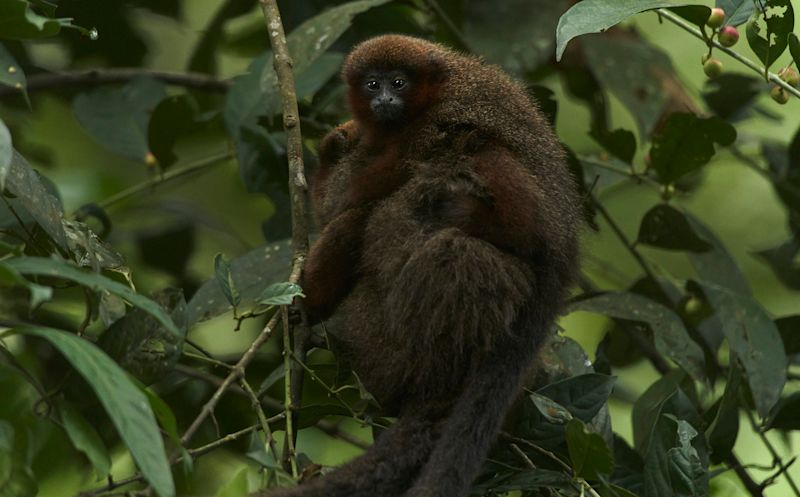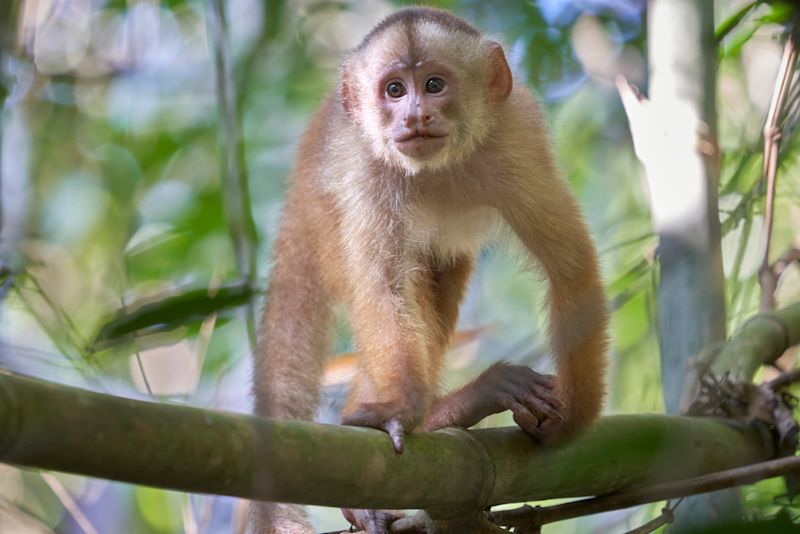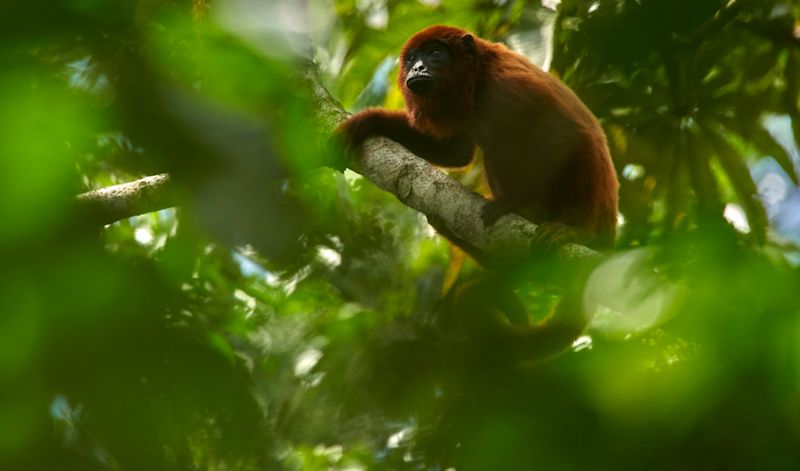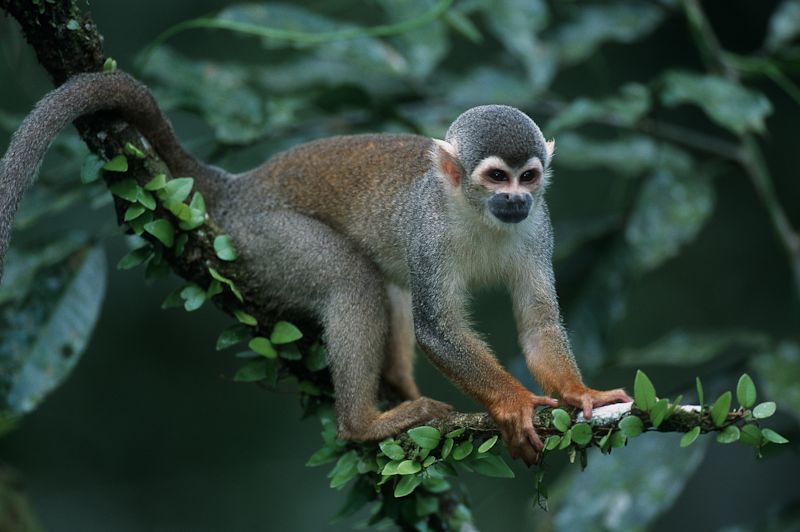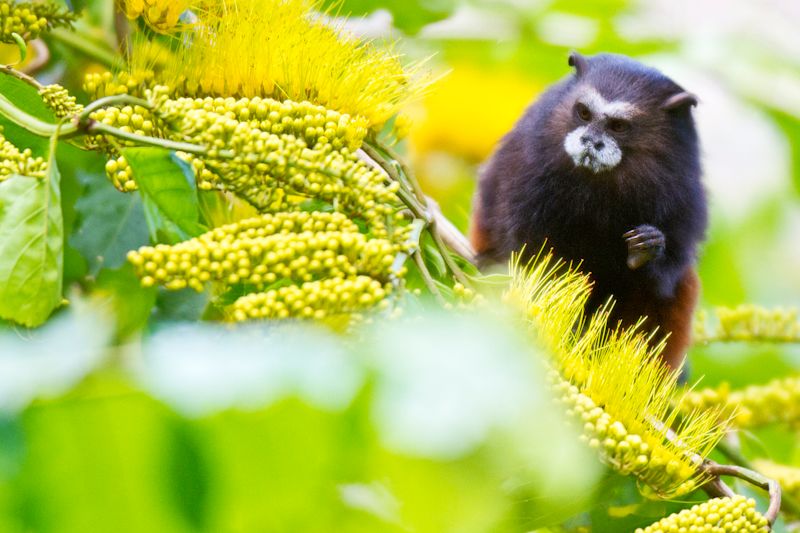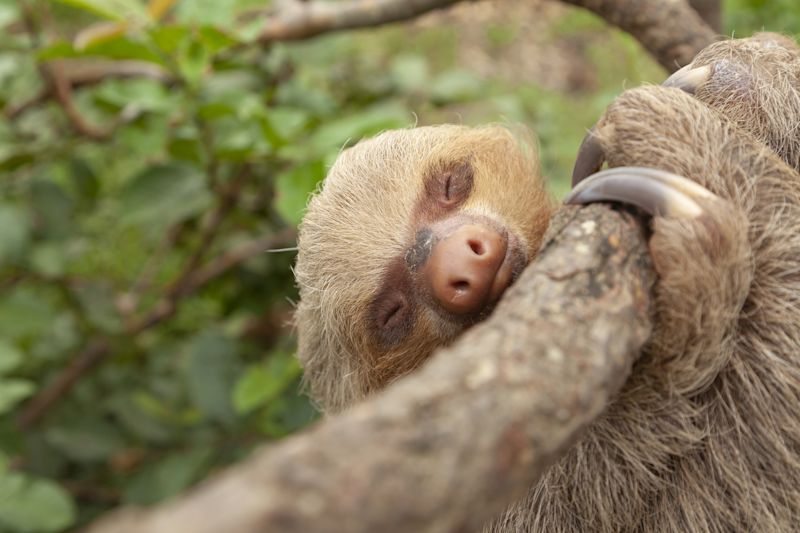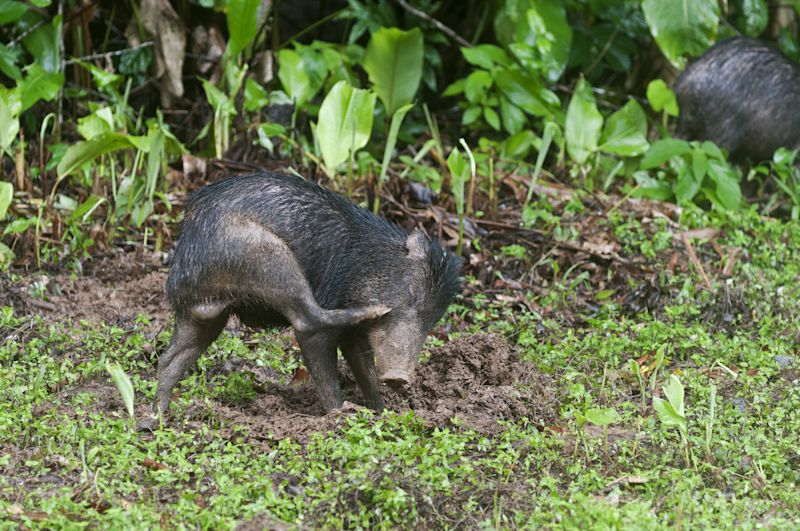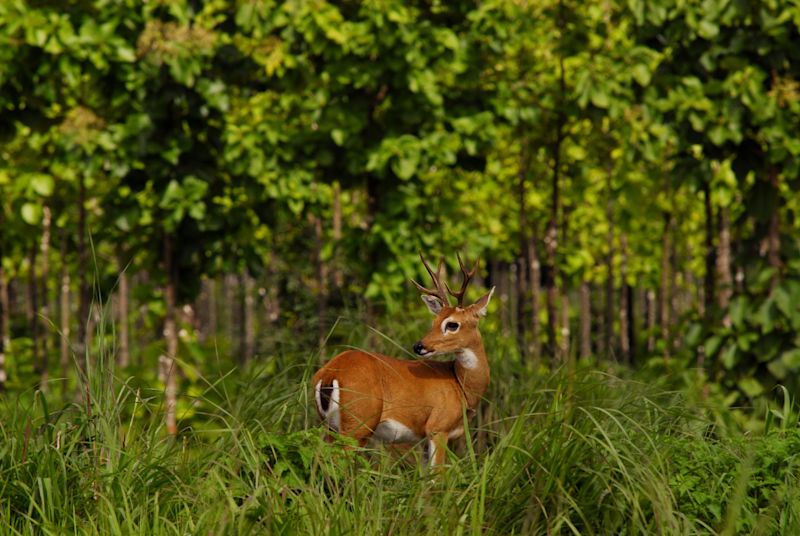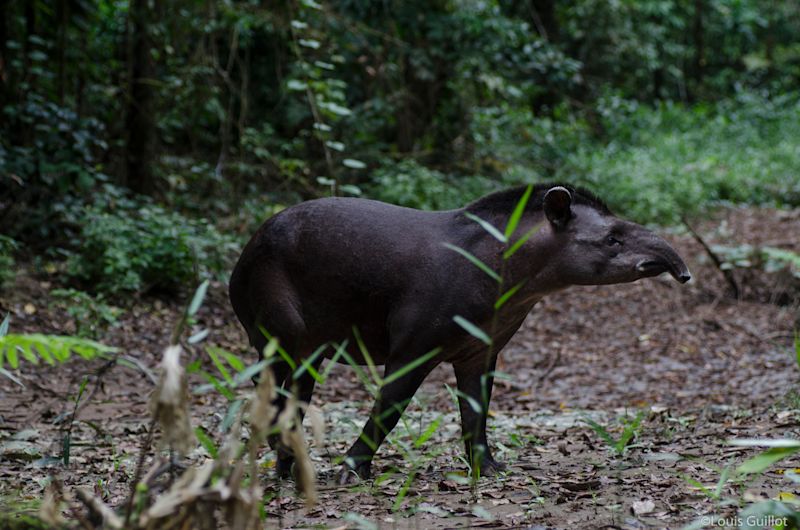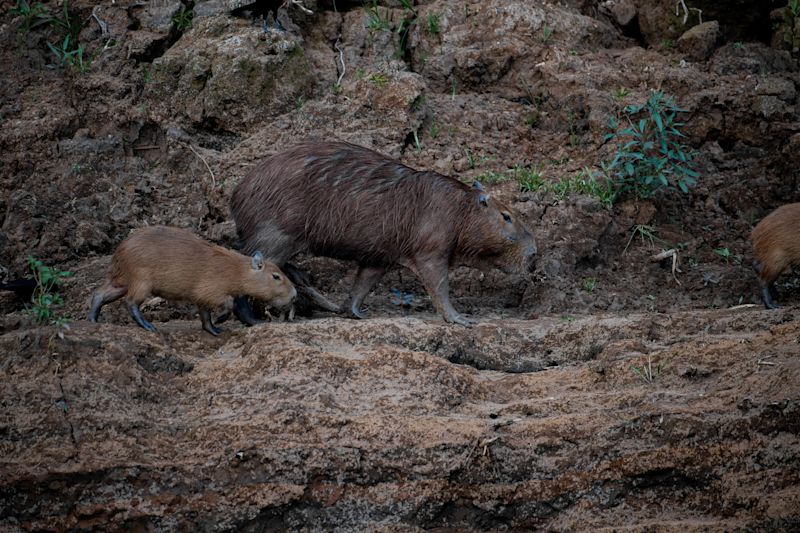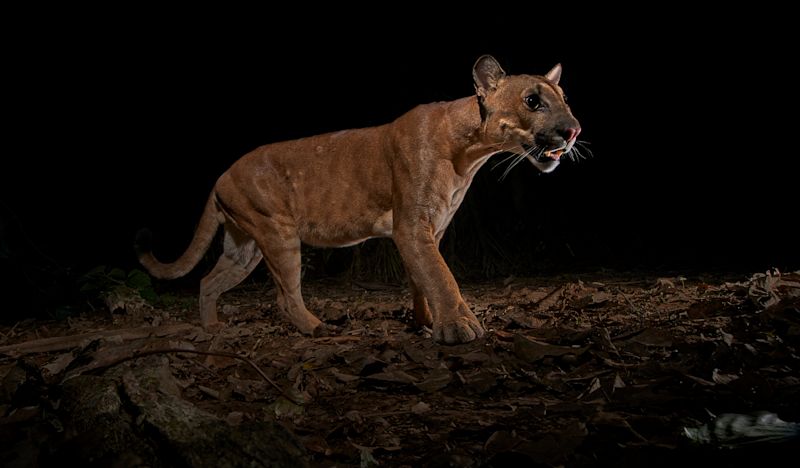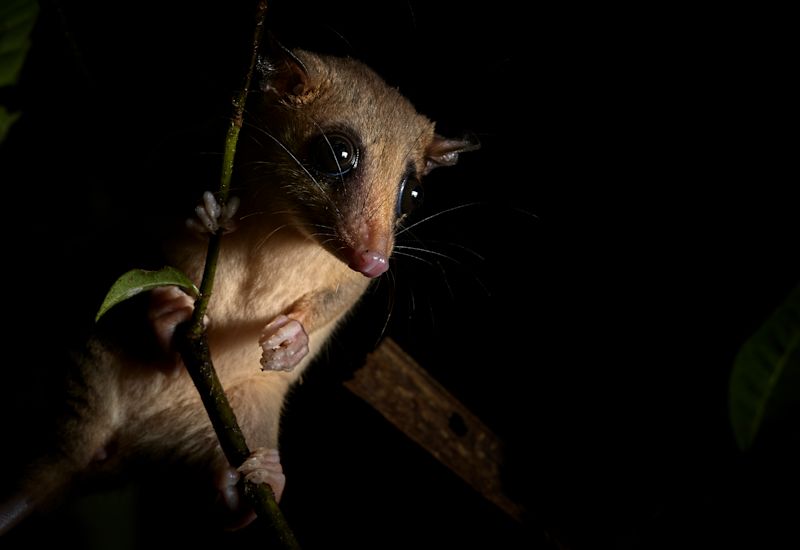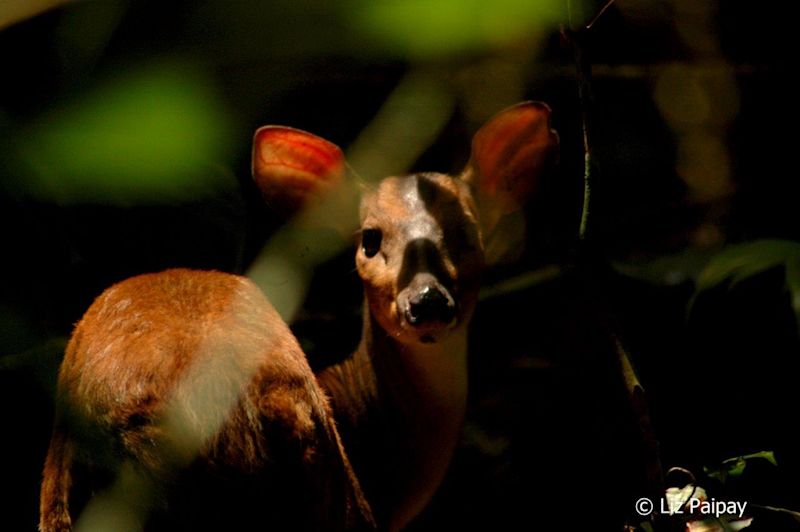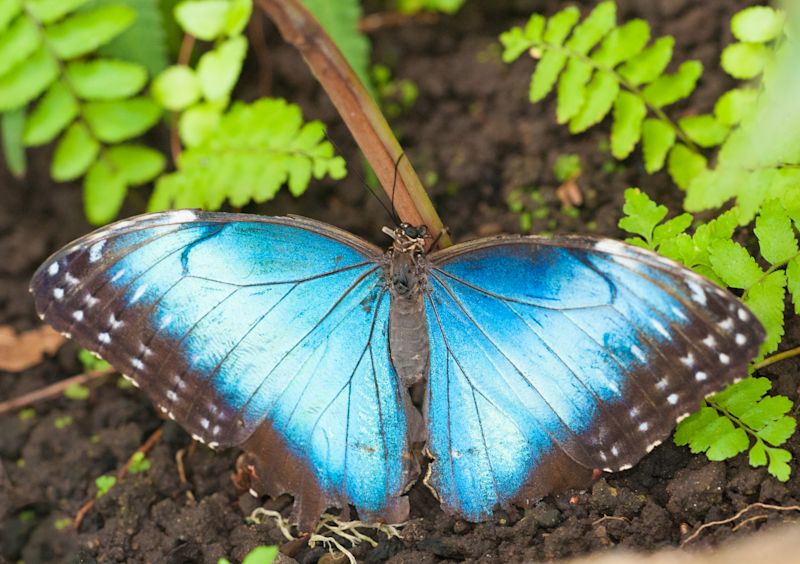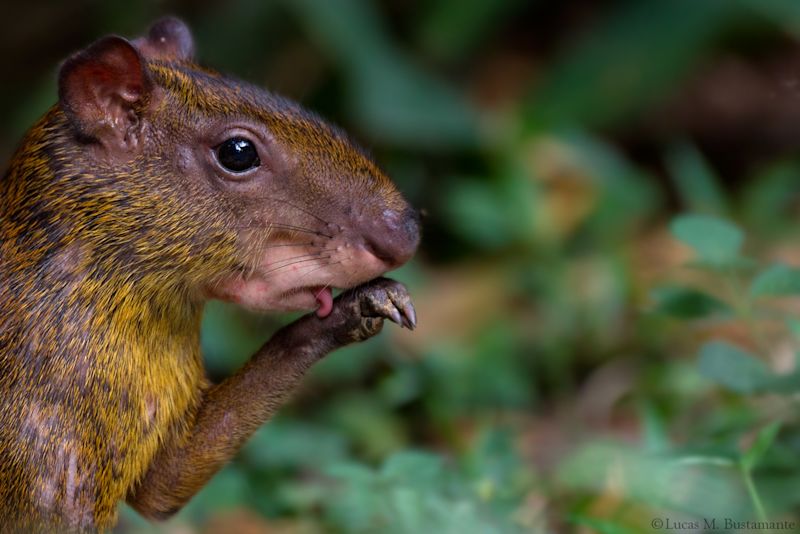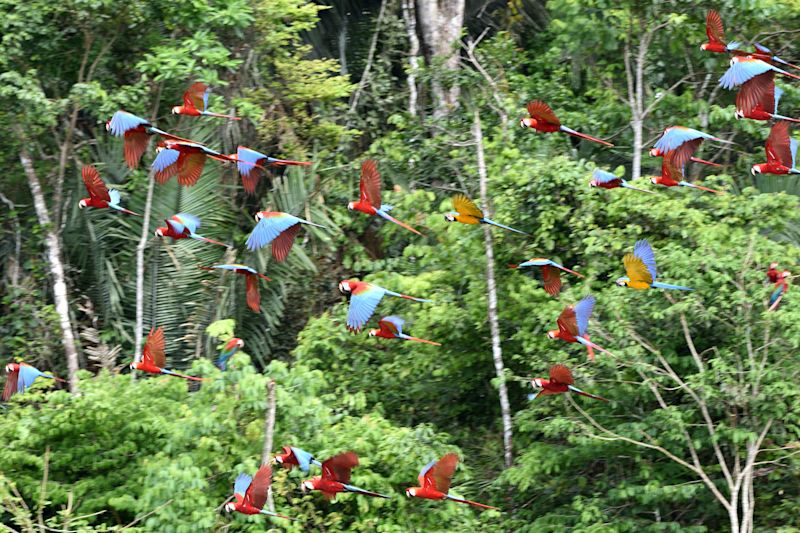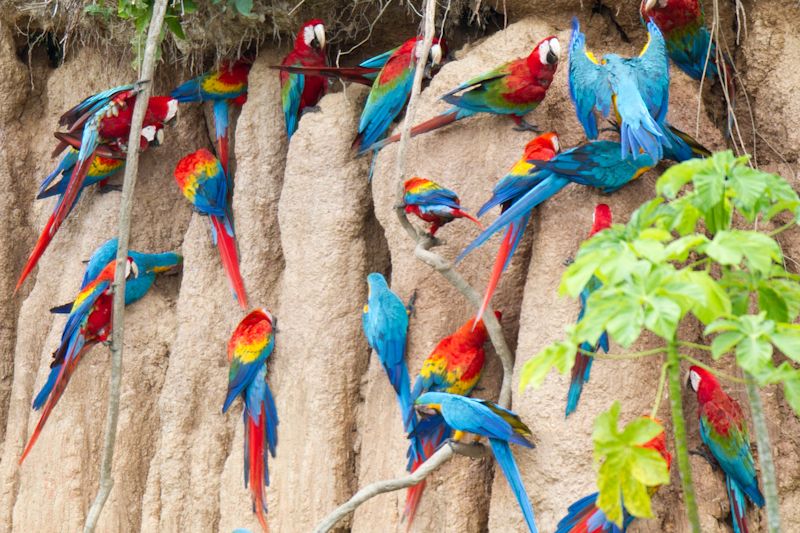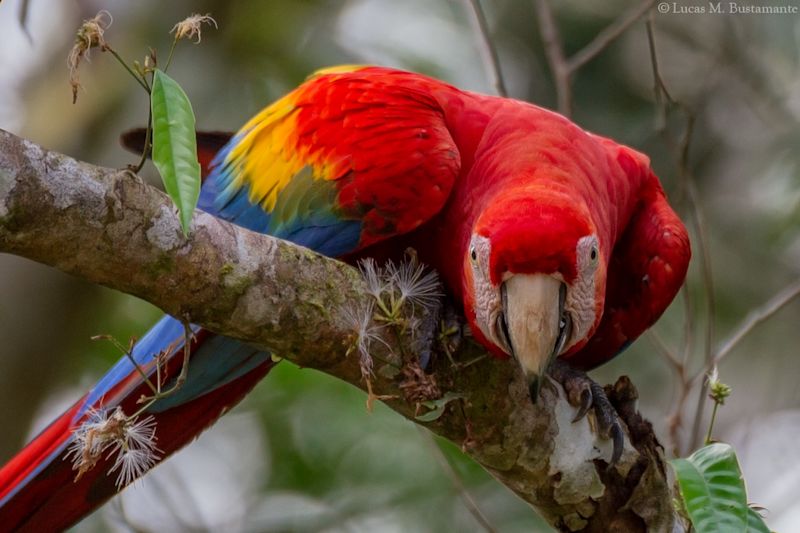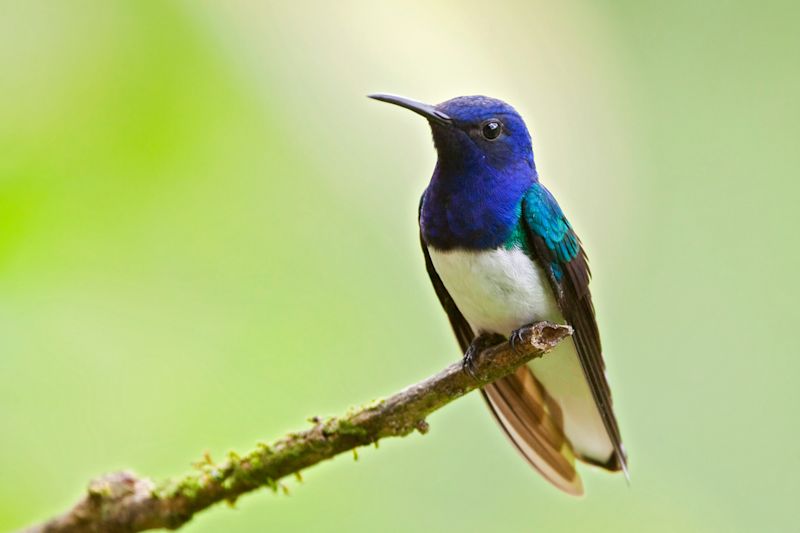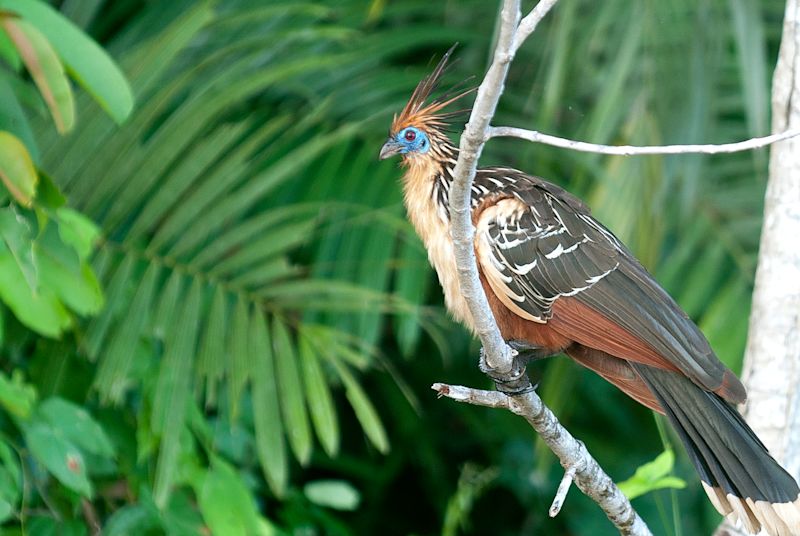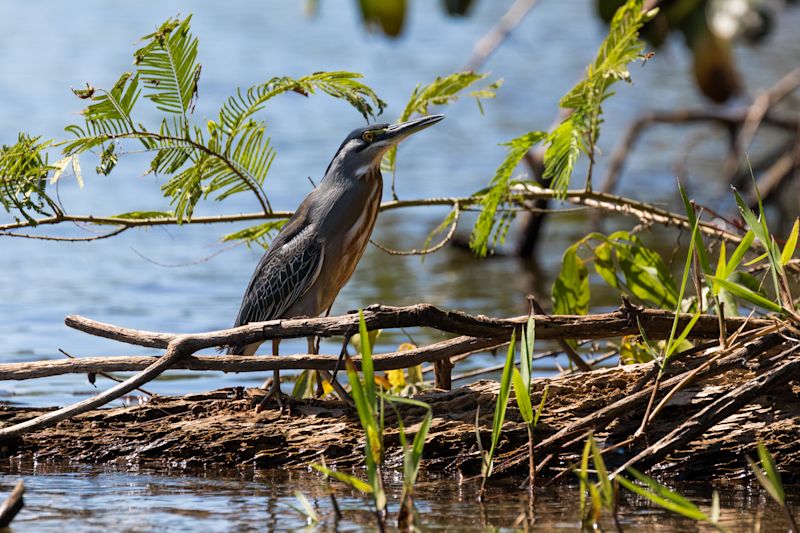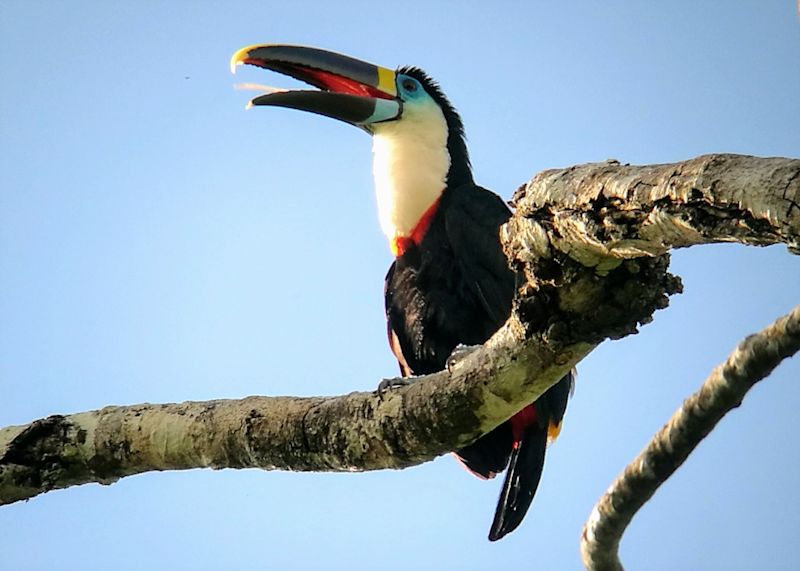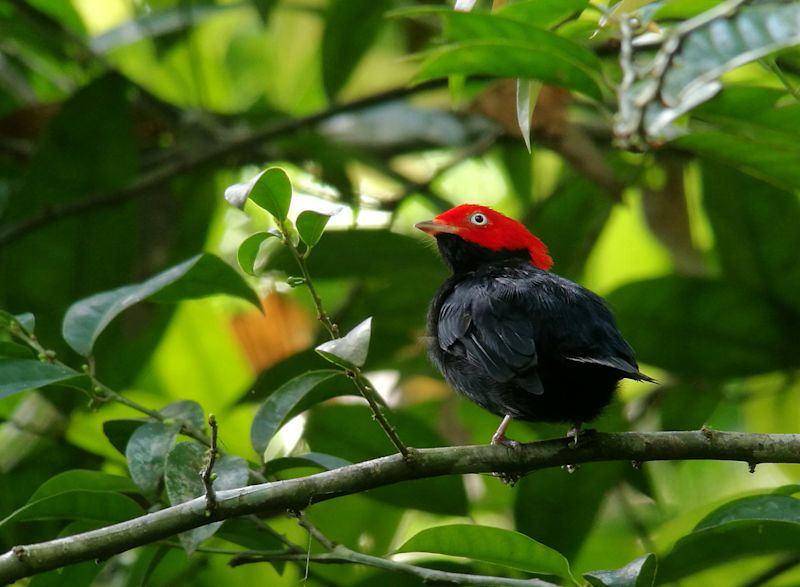In 2023 we launched our Amazon rainforest adventure trips!
These exciting itineraries offer the chance to explore Tambopata Nature Reserve in Peru's southern Amazon jungle. Tambopata is a true biodiversity hotspot and an important place for research and conservation.
So let's look at some of the animals both big and small that you can hope to spot when visiting Tambopata ...
Animals that are endangered or vulnerable
According to environmentalists, at least 13 endangered species can be found in Tambopata, as well as certain vulnerable species. These include ...
Black spider monkeys – they have super long limbs, hence the name
Giant river otters – the longest member of the weasel family
Harpy eagles – they have the fourth longest wingspan of any eagle
Ocelots – ancient Peruvians used to worship these beautiful felines
Pink river dolphins – also called botos, bufeos or Amazon river dolphins
Jaguars – the name derives from an indigenous word meaning 'he who kills with one leap'
Yellow-headed river turtles – around one male is born to every 30 females!
Mammals that hang out in trees
Over a dozen primate species have been recorded in Tambopata National Reserve, as well as some other exciting arboreal animals. Take a look at these beauties ...
Titi monkeys – these primates form strong bonds and mate for life; here you have a mother and infant
Capuchins – a troop moves through the canopy in a neat, single line; this is a white-fronted capuchin
Red howlers – they're the loudest species of monkey
Squirrel monkeys – they don't have prehensile tails
Tamarins – they're unusual-looking, squirrel-sized monkeys; this one is a saddled-backed tamarin
Sloths – this is a two-toed one, but Tambopata also has three-toed sloths
Giant anteaters – they're one of only a few mammals to have no teeth
Mammals that walk the land
Some of the mammals you can find in the forests, grasslands and marshes of Tambopata are ...
Maned wolves – neither fox nor wolf, they're the only species in the genus Chrysocyon
White-lipped peccaries – they're a kind of small forest hog; this one is a juvenile
Marsh deer – they're the continent's largest deer species
Amazonian tapirs – they're incredibly good swimmers and use their snouts like snorkels
Capybaras – the world's largest rodents, they can usually be found on riverbanks
Animals that are active at night
We highly recommend going on a night walk in Tambopata to try to spot some of the reserve's more elusive species, such as ...
Pumas – they're highly elusive; this one was snapped by a night cam
Guided night-time nature walks are great for trying to spot nocturnal animals as well as appreciating the loud chorus created by the wildlife that embraces the dark.
Opossums – they're marsupials endemic to the Americas; this one is a woolly opossum
Red brocket deer – little is known about these creatures; they're both nocturnal and diurnal
Tiny animals
Tambopata is a mecca for lepidopterists (those who love butterflies).
As reported by The New York Times:
Nearly one-third the size of Costa Rica, Tambopata has more species of birds (595) and butterflies (more than 1,200) than any place of similar size on earth.
Two particularly beautiful specimens of butterfly you can find in Tambopata are ...
Heliconias eratos – also known as postman butterflies
Blue morpho butterflies – several varieties live in Tambopata; this one is a blue morpho menelaus
There's a butterfly farm in Tambopata Reserve that you can visit – it's home to hundreds of Amazonian butterflies and a real first in the country!
There are also countless other small animal species to look for in Tambopata, from little rodents to colourful insects. But here's one particular one that you definitely want to know ...
Central American agoutis – they look like an oversized guinea pig crossed with a squirrel
Around 75% of visitors to Tambopata spot an agouti during their stay, as these little creatures of no more than 3 kg aren't shy!
Animals that have wings (aka birds)
For many, birds are the stars of the show at Tambopata. So you might say that we saved the best till last!
Visitors to Tambopata are essentially guaranteed to see countless macaws
And while birds in general are a big pull, it's the clay licks that bring in visitors from all around the world. In fact, Tambopata's clay licks are one of Peru's top wildlife attractions!
Clay licks, you ask? These are simply clay cliffs that the birds love to visit and lick, it's presumed for their sodium content.
You sit in a largely hidden spot while observing the birds at a clay lick
The reserve has two large clay licks: the Colorado and Chuncho. Around 20 species of birds – a mix of different parakeets, macaws and other parrots – visit the clay licks every day, creating a raucous spectacle like none other!
Various kinds of parrots congregate together to lick the clay
Macaws are the ones adding so much colour to the scene
And now here's a preview of some of the other showstopper birds you can hope to find in Tambopata Nature Reserve ...
Curassows – this one is a razor-billed curassow
White-necked jacobins – they're also called collared sunbirds
Hoatzins – the chicks have claws on two of their wing digits!
Roseate spoonbills – like flamingoes, they turn pink from what they eat
Striated herons – they're also called mangrove herons or little green herons
Toucans – this one is a white-throated toucan
Manakins – this is a round-tailed one; manakins can live up to 25 years!
So there you have it – we've given you just a glimpse of the abundant and incredibly diverse wildlife awaiting you in Peru's bewitching Tambopata Nature Reserve. Let us know if you'd like to visit with Follow Alice and we can make it happen!


